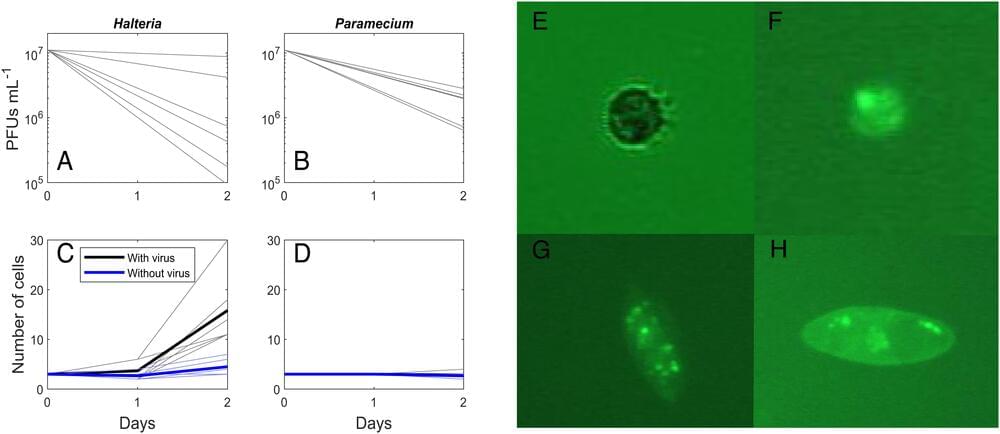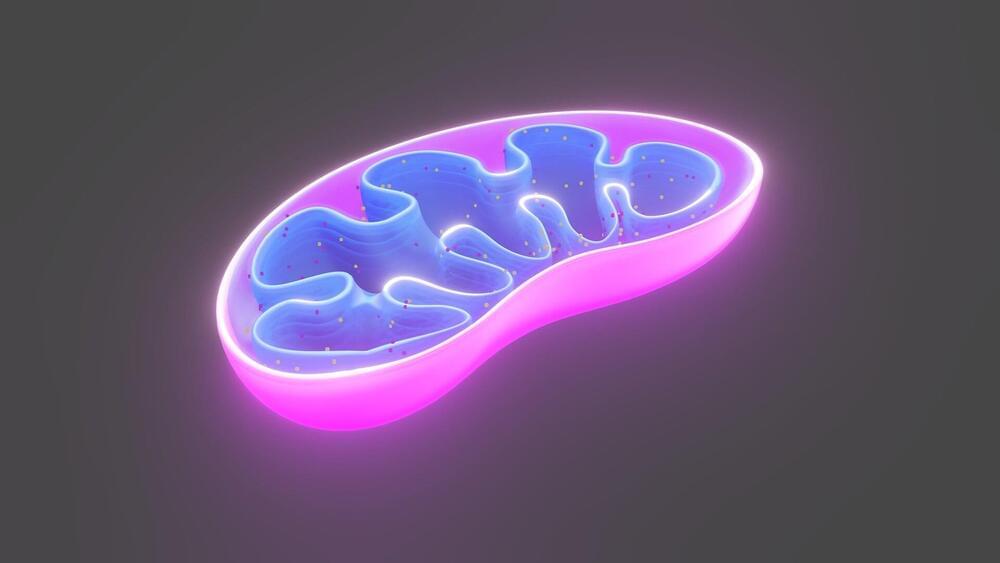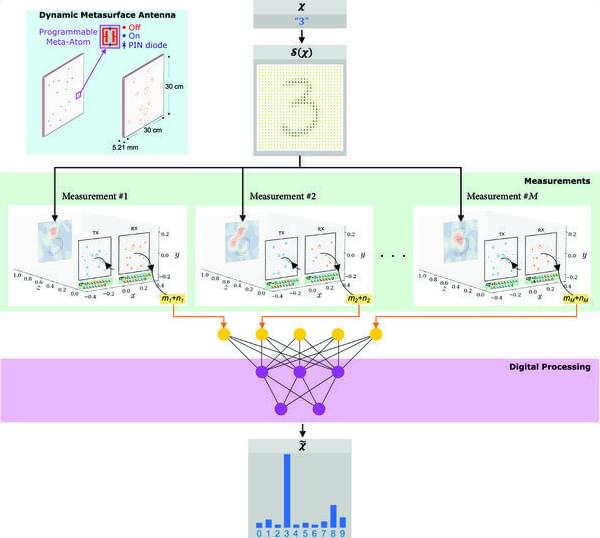Viruses impact host cells and have indirect effects on ecosystem processes. Plankton such as ciliates can reduce the abundance of virions in water, but whether virus consumption translates into demographic consequences for the grazers is unknown. Here, we show that small protists not only can consume viruses they also can grow and divide given only viruses to eat. Moreover, the ciliate Halteria sp. foraging on chloroviruses displays dynamics and interaction parameters that are similar to other microbial trophic interactions. These results suggest that the effect of viruses on ecosystems extends beyond (and in contrast to) the viral shunt by redirecting energy up food chains.







